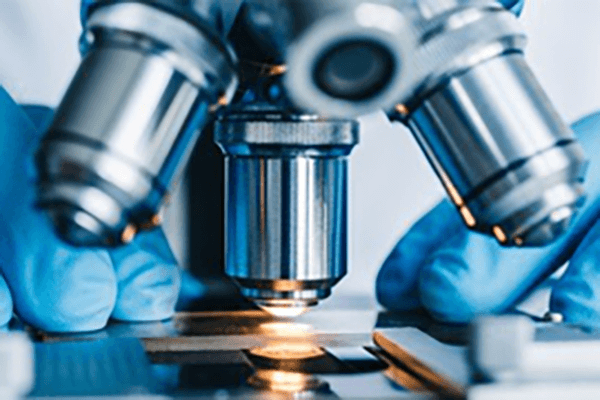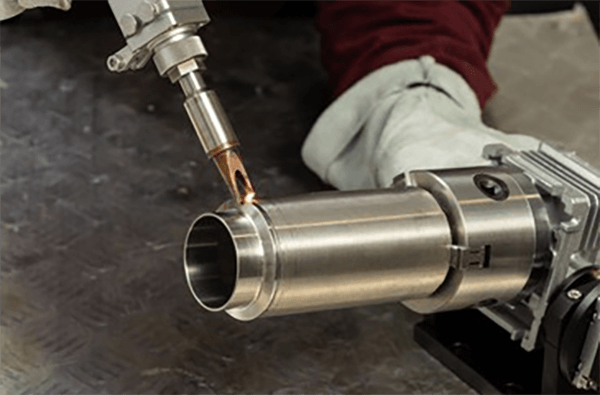
Realizing precise finish on a turned or milled piece proves indispensable.
- Blueprint callouts define exact texture requirements for manufactured pieces
- These callouts often use terms like "Ra," which stands for arithmetic mean deviation to quantify the surface roughness
- Appreciating callout details is key to ensuring product functionality
- Prescribed surface characteristics govern lubrication, abrasion, and longevity
- Precise decoding of callouts secures the specified finishing outcome
Precision Engineering Through CNC Machining

Robotic-assisted machining defines a modern manufacturing practice employing digital instructions the machinery forms elaborate parts with exactness.
- CNC systems permit manufacture of precise components from diverse substrates
- Adaptable CNC processes fit the demands of aerospace, automotive, and medical markets
- CNC processes produce uniform parts with high repeatability over runs
Across prototyping through full-scale production CNC machining serves as a cornerstone in contemporary manufacturing
Understanding CNC Machine Specifications
Making sense of CNC specs can seem confusing on first pass
Though a little background plus organization helps you interpret technical details effectively
Start with locating core parameters: spindle rpm, feed, accuracy, work envelope, controller
All these values combine to influence overall operational ability.
As an example, increased spindle rpm favors soft alloys and higher feed favors throughput.
Grasping those connections helps choose machinery aligned with your needs
Take time to inspect maker literature meticulously.
Supplier manuals often give critical context and define technical language
Complete Overview of CNC Equipment
Computer-operated machining stations are programmed units for precise automated part fabrication across materials Operation relies on parsing G-code directives to manage cutting devices and toolpaths.
- Several forms of CNC equipment are mills, lathes, routers, plasma cutters
- Production processes accommodate metal alloys, plastics, woods, and composite materials
- Likewise CNC solutions enable fast prototyping and small-lot production for enterprises and research labs
Computer Numerical Control Machines: An Overview
They present marriage of accurate mechanics and advanced control software Flexible equipment harnesses software instructions to automatically fabricate basic components and intricate assemblies The basic principle involves transforming CAD models into real-world components.
- CNC machining
- Programmed manufacturing process
It entails finely timed actuator motions governed by software Technicians are essential for choosing cutting settings, supervising processes, and validating final quality.
Why Surface Finish Matters in CNC Machining
Realizing specified surface quality in machining is vital It significantly alters operational behavior and appearance Workpiece material, tool settings, and secondary finishing processes determine texture.
Refined surfaces boost longevity; rough surfaces can diminish functional performance CNC machining processes offer a wide range of tools and techniques to achieve the specific surface finish for different applications.
- For instance varying cutting insert shapes |carbide alloys|RPM and feed adjustments to craft finish
- Moreover post-machining steps like polishing or sanding improve surface quality
Understanding parameter influences helps attain the desired surface quality.
CNC Basics — Operation and Uses
Programmed machining provides accurate part shaping across multiple material types They process digital commands to produce elaborate components repeatedly A fundamental understanding of CNC machine operation including the role of G-code programming and tool selection is essential for successful machining processes
CNC serves diverse fields including aerospace, automotive, manufacturing, and electronics From aircraft parts to precision plastic molds, CNC creates complex high-quality items
Callouts and Surface Roughness for CNC Parts
Accurate finish definition matters when machining parts with CNC It secures that the final item meets both functionality and looks Manufacturers often rely on Ra (roughness average) to represent surface finish Shown in micrometers or inches, the measurement denotes typical roughness magnitude.
Balance smoothness needs with intended application when designating finish

Generally fine finishes benefit components requiring precision alignment and tolerance
Coarse finishes can benefit components where traction or friction are functional
Employ an unambiguous finish note on drawings to specify surface expectations State the Ra figure and any extra machining or finishing instructions required.
Remember that effective surface finish callouts are key to achieving a successful manufacturing outcome
Categories of CNC Machines and What They Do
The world of CNC machining is vast and diverse with a wide array of machines designed to tackle various types of tasks They adopt CAD-to-CAM pipelines to steer cutting tools for precise part manufacture.
- Drilling units excel at producing holes and axial features in parts
- Grinders refine surfaces and achieve tight dimensional tolerances via abrasion
- Plasma cutters employ ionized gas arcs to sever metal quickly and accurately
Machine selection is dictated by workpiece material, geometric complexity, and precision demands Distinctive CNC features make these machines indispensable across multiple industries.
Attaining Top-tier Surface Finish Through CNC
Realizing premium surface texture is vital and CNC machining supplies tools to accomplish it With deliberate feed-speed-tool strategies professionals steer cutting dynamics to achieve smoother surfaces Besides that quality tooling combined with good lubrication practices leads to improved surface results Optimized cutting plans and meticulous setup procedures help achieve premium finishing.
Programming for Surface Finish in CNC
Controlling finish within programming is key to obtaining target surface results Parametric choices for feed, speed, and tool shape govern surface smoothness and defects Exact parameter choices plus proper fluid management achieve refined finishes.
- Continuous tool maintenance and oversight preserve high finish consistency Continuous tool maintenance and oversight preserve high finish what is a cnc machine consistency Also ongoing tool care and inspection support sustained finish reliability
- To perfect surface results factor in material, roughness, and intended application
- Virtual simulation provides a way to optimize feeds and speeds before cutting
- Besides that systematic tool upkeep and monitoring ensure sustained surface quality
